The 10 Most Important Prototypes in IMSA History
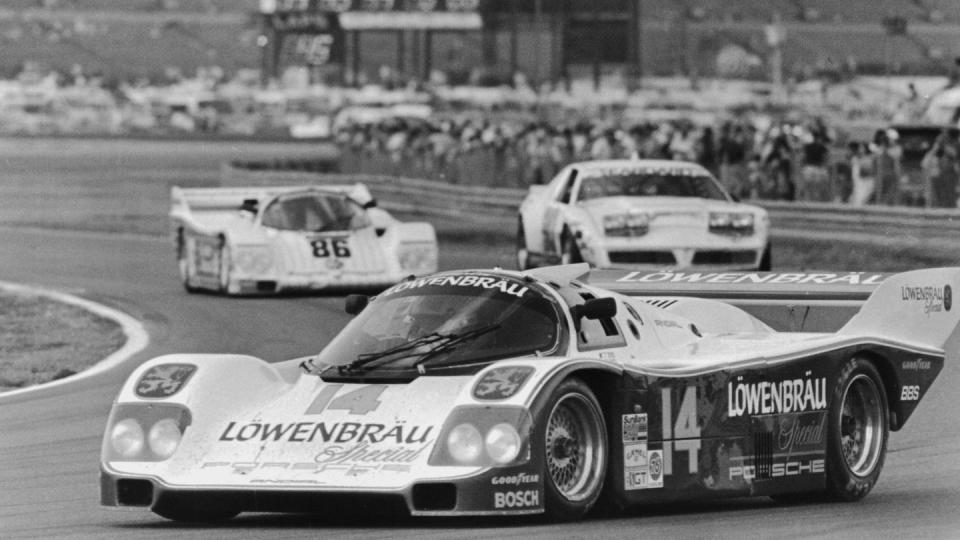
By appearance and performance, prototypes have long set sports car endurance racing apart from other major forms of racing. Arguably they are the world’s most complicated race cars due to their full bodywork, aerodynamics, and weight—plus the obligation to compete for up to 24 hours.
For IMSA, prototypes have played an important role in the sanctioning body’s success. Which ones were the best? It’s unlikely that fans or journalists will arrive at a consensus about which cars had the most compelling design attributes or simply looked the coolest while winning races.
The goal here is to identify which prototypes express not only winning appeal but also have had a significant influence on IMSA history.
Did we miss your favorite? Start the conversation in the comments below:
Porsche 962 – 1984-1993 (IMSA GTP)
Reason for ranking: The original Grand Touring Prototype class took IMSA to new heights of popularity and the Porsche 962 led the way.
When the Porsche 962 arrived in 1984, it was an instant hit.
Led by the Lowenbrau Porsche of Al Holbert and the privateer teams of Preston Henn, Bruce Leven, Bob Akin, Rob Dyson and Jim Busby, the major endurance victories and championships quickly began to roll in. In addition to being one of the first in a series of GTPs produced by auto manufacturers, the adaption by Norbert Singer of his Group C Porsche 956 to the rules of IMSA became a masterpiece of balanced design.
The 962’s longevity was greatly aided by strong replacement chassis built by Fabcar and Jim Chapman.
Key stat: The final Daytona 24-hour win was registered by Reinhold Joest’s team in 1991—seven years after the factory’s white 962 first appeared at Daytona in the hands of Mario and Michael Andretti.
Notable drivers: Al Holbert, Derek Bell, Bob Wollek.
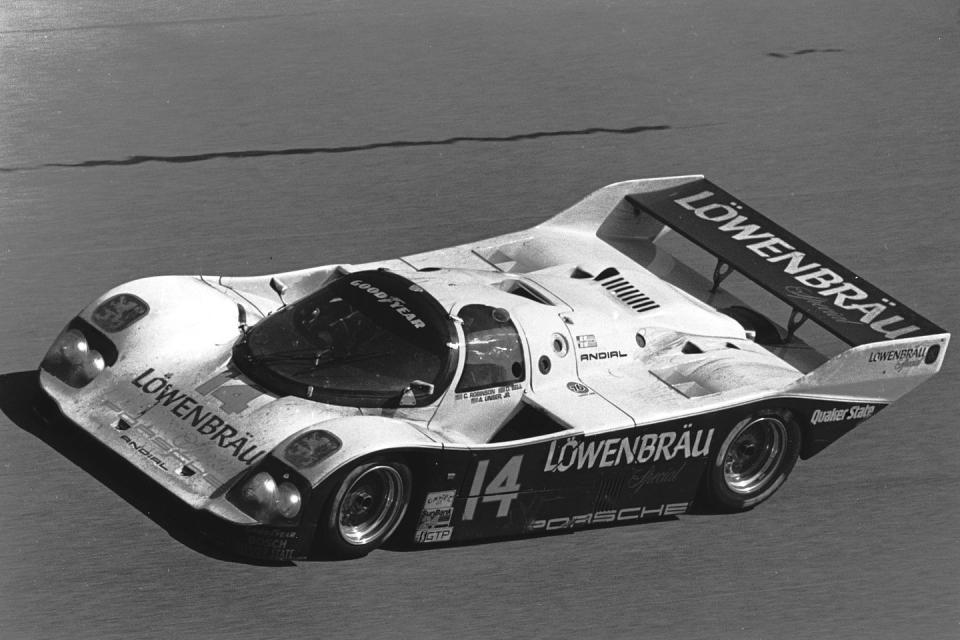
Audi R8 – 2000-2005 (IMSA/ALMS LMP-1)
Reason for ranking: The Audi R8 almost single-handedly sustained ticket sales for the American Le Mans Series for six seasons, because fans loved the car’s winning ways, its charismatic drivers and didn’t care about relatively small starting fields.
The Audi factory teams of Team Joest and Champion Racing had little opposition from others during the LMP-1 era fostered by the American Le Mans Series, making the Audi R8 the most efficient prototype to compete regularly when it came to winning.
Like the Porsche 962, the R8 was perfected as a second-generation car. It followed the R8R, which was difficult to drive and baked its drivers thanks to a front-mounted radiator for the V8 twin turbo. After some wizardry by designer Tony Southgate resulted in side-mounted radiators, the R8 and its crew of stellar driving talent steamrolled the opposition regularly.
The redoubtable Panoz LMP1 Roadster S, for example, only beat it twice. As with the Porsche 962, the popularity of the R8 was boosted by its success at Le Mans.
Key stat: Won 63 races from 79 starts.
Notable drivers: Tom Kristensen, Allan McNish, Dindo Capello.
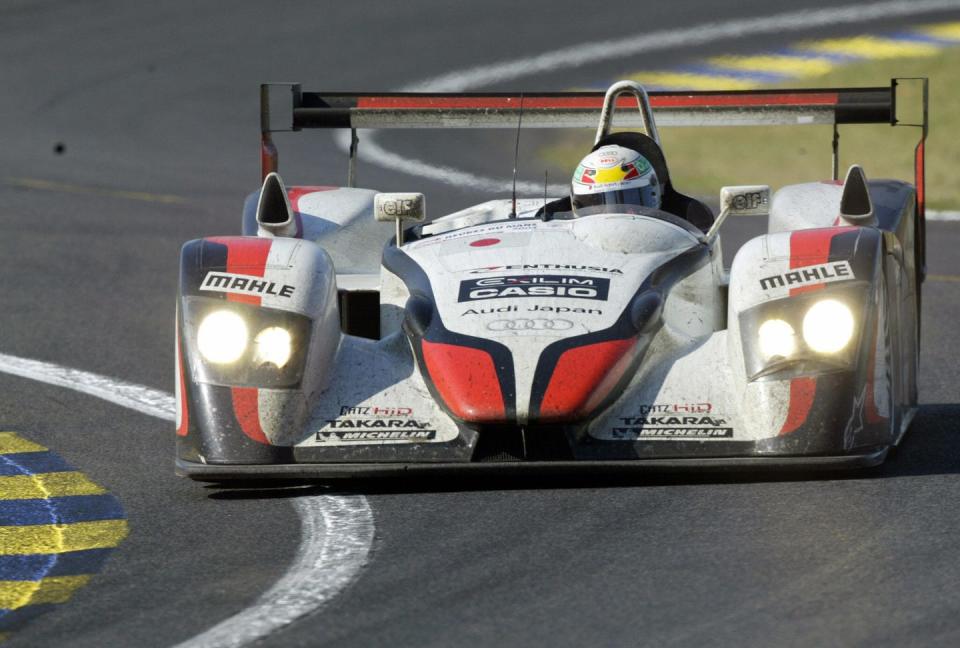
Cadillac V-Series.R – 2023 (IMSA GTP hybrids)
Reason for ranking: the best of the new GTP hybrids, which promise to revitalize IMSA like their namesakes from the 1980s and 1990s.Of the four new GTP hybrids from Accura, BMW, Cadillac and Porsche, the V-Series.R was the most consistent. And, the only one with a booming, normally aspirated engine.
The Action Express Racing team won the driver’s title and Cadillac clinched the manufacturer’s championship thanks to winning efforts at Chip Ganassi Racing. The latter’s entry at Le Mans finished third after a solid performance, best of the GTPs.
It remains to be seen how things go at the great French race versus the Hypercars seemingly favored by the WEC. But in IMSA, there’s the most excitement about a new class of prototypes since the Ferrari 333 SP first showed up.
Key stat: Although it crashed on the opening lap at Le Mans, the Cadillac of Action Express did not lose any more laps to the leader once it returned to the track following repairs.
Notable drivers: Pipo Derani, Sebastien Bourdais, Renger van der Zande.
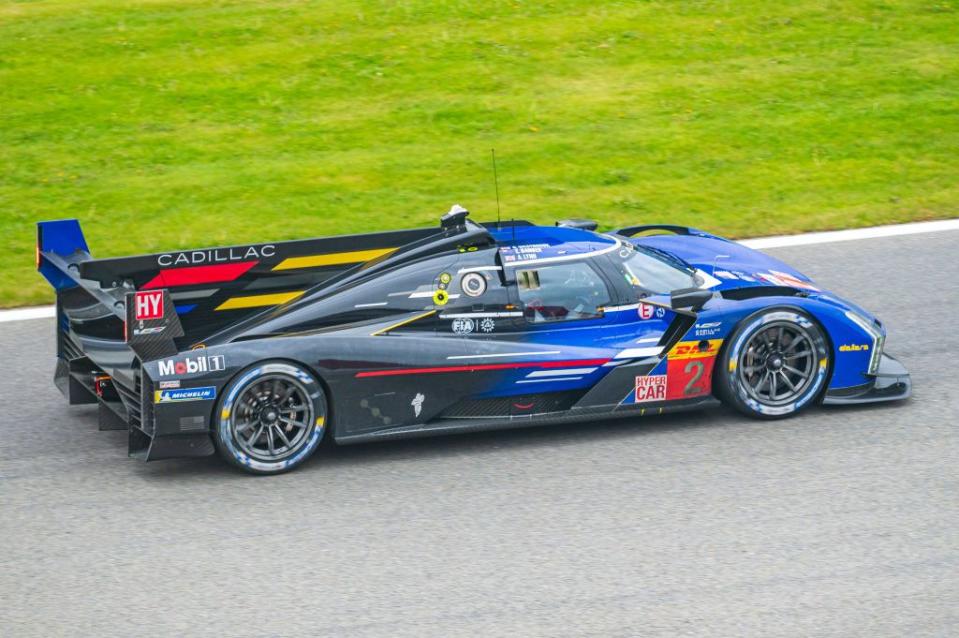
Ferrari 333 SP – 1994-2003 (IMSA World Sports Cars)
Reason for ranking: Ferrari’s customer prototype designed especially for IMSA’s new World Sports Car rules helped save the sanctioning body from a post-GTP depression.
Rival competitors were up in arms when the Ferraris arrived thanks to the WSC rule requiring a production-based engine. But the 333 SP’s screaming V12 was derived from F1. Eventually, the same five-valve, 4.0-liter engine showed up in the Ferrari F50. Meanwhile, it was Ford versus Ferrari redux thanks to the Riley & Scott Mk. III-Fords of Dyson Racing.
The 333 SP’s Italian good looks matched its vibrant sound and there were plenty of buyers for the eventual run of 40 cars. Beyond all this, one of IMSA’s most popular team owner/drivers, Gianpiero Moretti, was a driving force behind the project due to his friendship with Piero Ferrari. Gentleman driver Moretti realized a lifelong dream by winning the Rolex 24 at Daytona on board his MOMO-backed 333 SP in 1998.
Key stat: The 333 SP won all four major endurance races in 1998 – Daytona, Sebring, Watkins Glen and the inaugural Petit Le Mans.
Notable drivers: Max Papis, Gianpiero Moretti, Wayne Taylor.
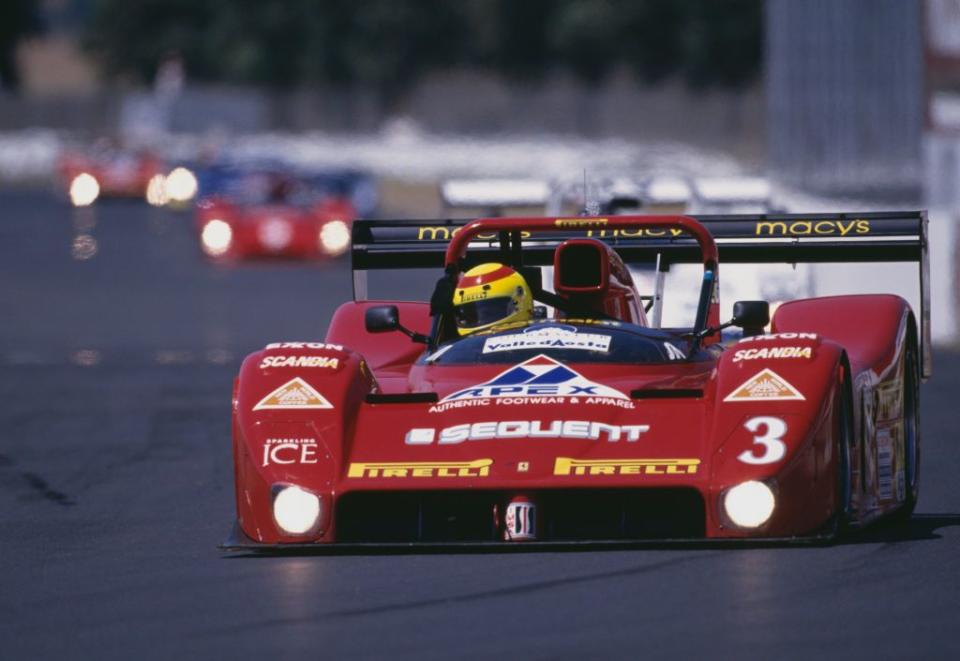
Nissan GTP ZX-Turbo – 1986-1990 (original IMSA GTP)
Reason for ranking: The Nissan added diversity to Victory Lane in GTP after the early dominance of Porsche and Jaguar – and then won four straight championships.It took several seasons, but in retrospect the combination of racing geniuses behind the Nissan GTP ZX-Turbo were bound to score big.

 Yahoo Autos
Yahoo Autos 